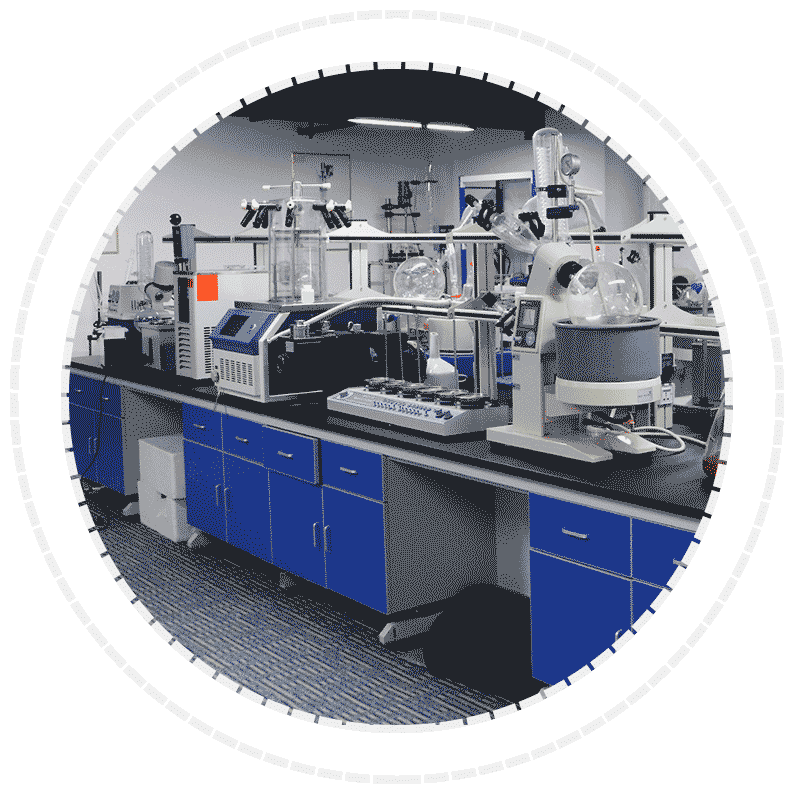Rotary Evaporator
High borosilicate glass Factory direct sales, good price Stable quality


Our large scale rotary evaporator includes RE-5002 50L rotary evaporator, R-1050 50L rotary evaporator and so on. It is made of high borosilicate glass, 304 stainless steel, polytetrafluoroethylene and other materials, and has a long service life.